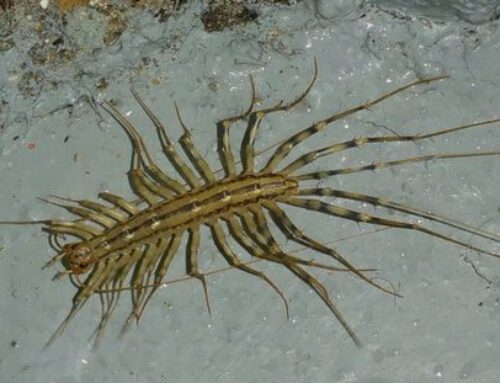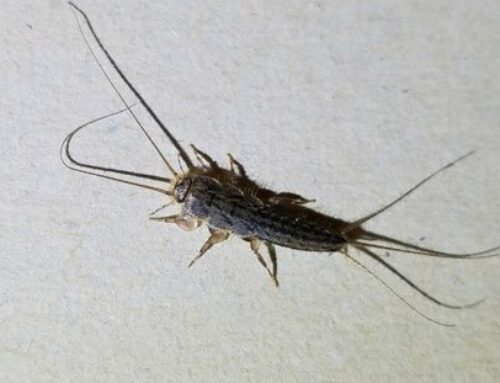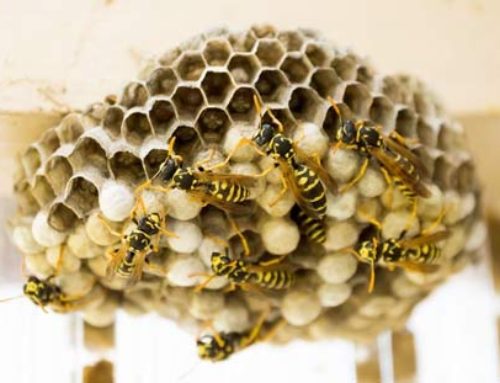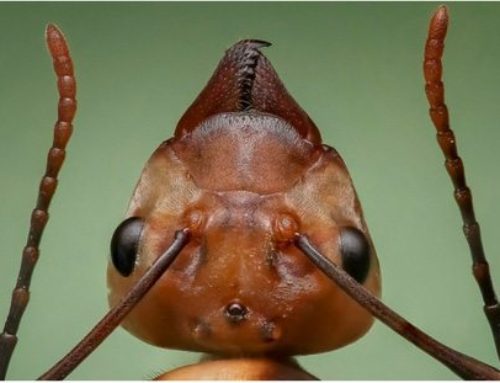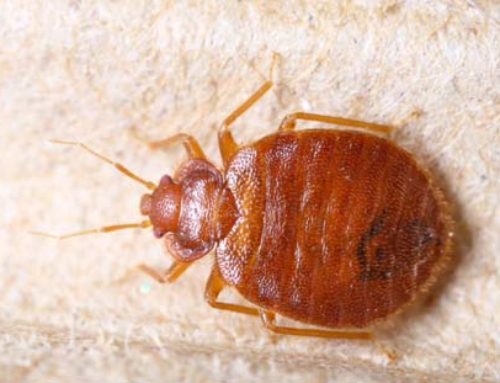Project Description
Cockroaches in Ohio – Information and Facts
Characteristics
 Let’s begin by mentioning that cockroaches are a primitive form of insect. They date back to 320 million years ago. Yet today’s cockroaches are not much more adapted than the cockroaches of ancient times. For instance, they are still a common insect that is tolerable to a wide range of environmental conditions. That is how they survive. Contrary to popular belief, they are not immune to nuclear bombs. In regard to this, they are much more resistant to radiation than humans are. As you can see, their bodies are built tough. Some species produce an antifreeze chemical within their bodies in order to survive extreme cold (-188 degrees F!).
Let’s begin by mentioning that cockroaches are a primitive form of insect. They date back to 320 million years ago. Yet today’s cockroaches are not much more adapted than the cockroaches of ancient times. For instance, they are still a common insect that is tolerable to a wide range of environmental conditions. That is how they survive. Contrary to popular belief, they are not immune to nuclear bombs. In regard to this, they are much more resistant to radiation than humans are. As you can see, their bodies are built tough. Some species produce an antifreeze chemical within their bodies in order to survive extreme cold (-188 degrees F!).
As resilient as cockroaches are, they have a very generic insect body. As a result they have six legs, wings, antennae, and chewing mouth parts. Many of them do not even fly. Have you noticed that they have a distinct smell? In relation to the hissing cockroach, they make noise. Some even chirp like crickets.
Diet
Recently cockroaches were re-classified into the Order Blatteria. As a result cockroaches and termites are now related. Consider that termites break down wood by eating cellulose. Likewise cockroaches forage for organic matter to break down.
In nature, they are beneficial insects that recycle waste and help break down organic matter. These omnivorous scavengers will eat what is available to them. When living in a dead tree, they will eat decaying wood. If they live in the sewer system (which a lot of them do) they will eat sewage. Once they infest your home, they will feed on pet food, crumbs, grease, hair, books, boxes and more. Most cockroaches can live a week or so without water. Without food, they live around one month or more.
Social Insects
Many cockroaches, like the German Cockroach and American Cockroach, are social insects. They do not form advanced colonies like ants. They aggregate, or cluster together. Pheromones are used to group together, find food, and for choosing mates.
These gregarious cockroaches have overlapping generations living in a common shelter. They recognize their kin. But theses roaches do not have specialized tasks. They do not have a queen, and caste of worker cockroaches. They are involved in group decision making when it comes to feeding and shelter.
There are 4 species of cockroaches considered as pests in Northeast Ohio: Oriental Cockroach, American Cockroach, Brown-Banded Cockroach, and the German Cockroach. The Oriental and American are hardy to our climate and can survive an Ohio winter. They are also much larger than the other two. Brown-Banded and German Cockroaches are tropical and are dependent on an indoor environment to survive here.
American Cockroach
The American Cockroach is a large tan colored insect. While the normal adult size is just over 2 inches long, they can grow to 3″ It is also called water-bug or the palmetto-bug. Although common names can be whatever people choose, true water-bugs are not cockroaches. True water-bugs, are a true bug of the Hemiptera Order. They have paddle feet and are aquatic. Conversely cockroaches are not aquatic insects.
Oddly enough, American Cockroaches are actually native to Japan. They can live indoors or out and prefer areas of high humidity. You’ll find them mainly in shaded leaf litter, or in gutters full of debris outdoors. Great breeding environments are in the sewer system, or in duct banks with underground utilities. From there, they enter structures from floor drains, conduit, and duct-work. Once indoors they hide around pipes and in drains. These scavengers come out at night to feed on organic matter. They favor fermented foods. Since they often enter structures through the sewer system, contamination is a concern. Disease pathogens and bacteria are carried on their bodies and in their feces. Rarely will you find them in Cleveland, OH homes. Primarily they inhabit old commercial buildings.
Brown-Banded Cockroach
The smallest cockroach pest is the the brown-banded cockroach. In this instance, you are more likely to find them residential sites, than commercial sites. Similar to a silverfish, they like to eat starches. Their diet includes cardboard boxes, stored paper products, drywall glue, and loose tile with adhesive. Brown-Banded Cockroaches tolerate drier conditions than German cockroaches. They are most likely found up high in ceilings, wall voids, cabinets, furniture and behind hanging pictures. They are capable of flying. Conversely you can make the argument that they just glide. By spreading their population into multiple areas of a structure, even the bedroom, they become difficult to control. If you have small cockroaches in many areas of the house, not just the kitchen and bathrooms, there is a good chance you have this species of cockroach. Another key identifier is their dual bands across the abdomen.
Oriental Cockroach
Funny enough, the Oriental cockroach is also called the water-bug. In this case at least, they are more closely tied to water than the American cockroach. At around an inch in length they are considered a medium- sized cockroach. Oriental cockroaches are glossy black or reddish-brown. They also smell rather badly and can spread disease. They have the tendency to enter homes through the sewer system, tracking harmful bacteria and disease organisms into the home. Although this is true, you won’t see that happening much in Ohio.
This is a very hardy species and can survive an Ohio winter without struggle. They prefer cool dark and damp areas. Their connection to structures is pretty reliant on thick accumulations of leaves around the building. In Ohio, as the temperatures cool, they move from the leaf litter into basements and crawlspaces.
German Cockroach
German Cockroaches are very adaptive creatures. Frequently transported inside on produce, they easily make themselves at home. Produce boxes brought inside can also harbor these pests. These hitchhikers are very resourceful. Just like bed bugs, they can move from home to home on student’s backpacks! German cockroaches are the most widespread cockroach pest.
Female German Cockroaches mature sexually, faster than any other cockroach. The females also carry their egg cases (with 30-48 eggs) while the embryos develop. Since they carry their eggs until they are nearly ready to hatch, there is greater success for the survival of their young.
German Cockroaches are restricted to warm, humid areas. Indoors they are mostly found in the kitchen, bathrooms and close to the hot water tank. They are scavengers with a diverse diet. They do very well surviving off of our crumbs, pet food, and everyday garbage. This cockroach is small. As a result, they are able to shelter themselves in cracks and crevices during the day. Unless food is scarce or there is a high population, they will only come out at night to feed.


